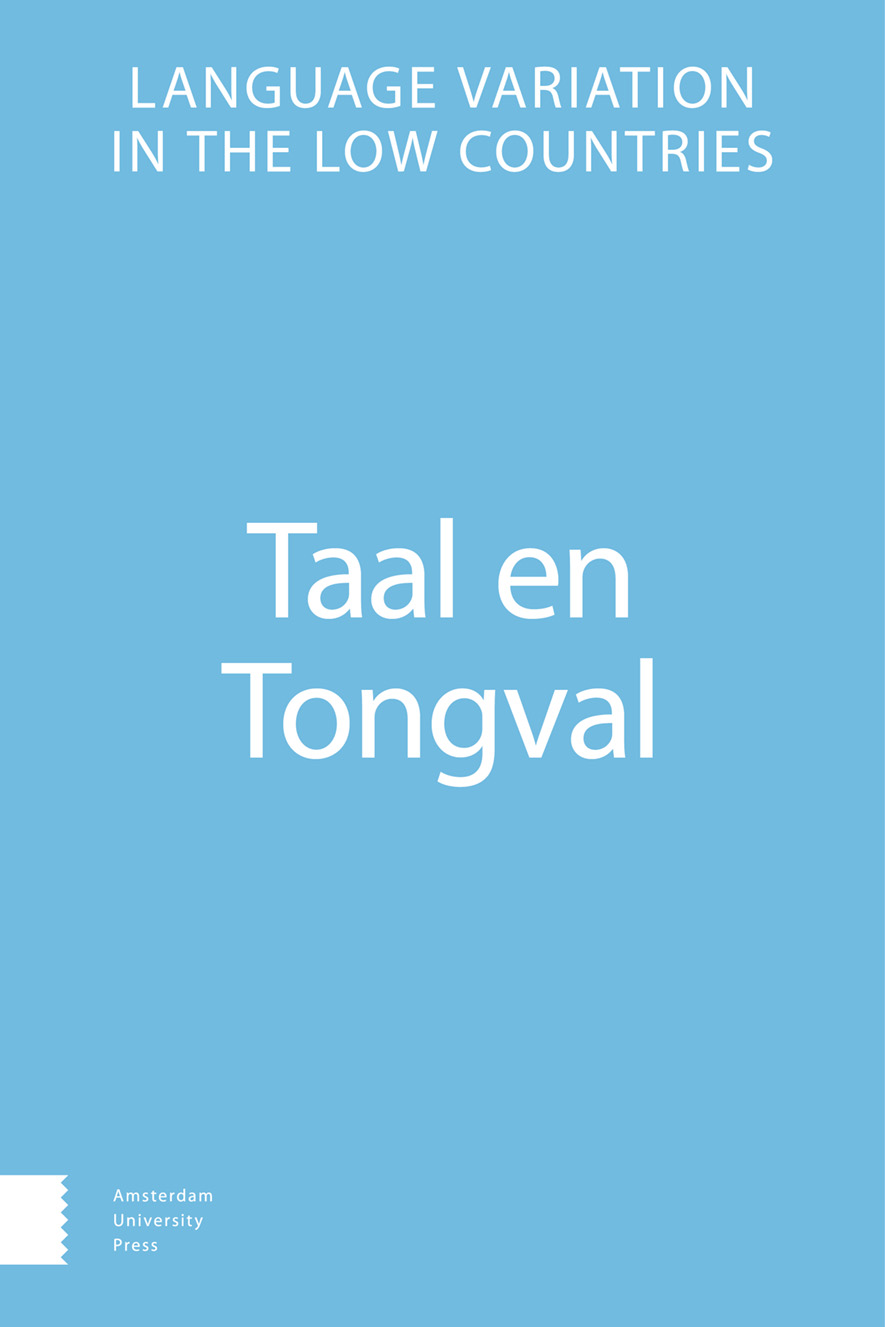-
oa De historische wortels van de rode en groene volgorde in het Nederlands
- Amsterdam University Press
- Source: Taal en Tongval, Volume 64, Issue 1, Jan 2012, p. 73 - 101
Abstract
A typical characteristic of Dutch (and other Continental West Germanic languages such as German and Frisian) is that verbs (both finite and infinite) appear together at the end of the subordinate clause in a so-called verb cluster. The ordering of the verbs within these verb clusters is not fixed in most historical stages of the Dutch language. This article studies the variable placement within verb clusters consisting of two verbs using a text corpus spanning most of the written history of the Dutch language (i.e. from 1250 until 2000). The verb order of more than six thousand verb clusters is described in the study, taking into account factors such as period, region and type of verb cluster.
© 2012 Amsterdam University Press


